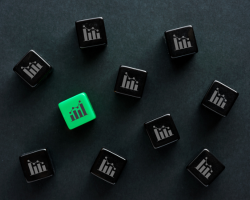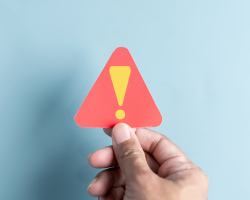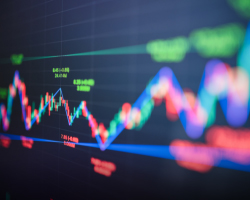How to Choose Technical Indicators for Analyzing the Price Fluctuations
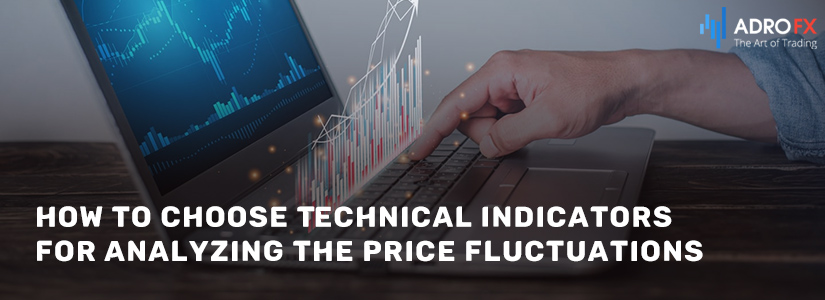
Indicators for technical analysis allow you to detect levels and patterns on charts. This is important for trading because around them there are favorable points for setting Stop Losses and market entries. Indicators are software solutions, which are integrated into the trading terminal and modify the standard price chart according to their work algorithm, and trader's presets, are used for automatic determination of support/resistance levels, detecting overbought/oversold areas, finding patterns on charts, etc.
Often beginners do not understand what is better to use for market analysis, which indicators are "good" and which are "bad". As a rule, a person seeks the answers to these and similar questions on the Internet from numerous "gurus". However, even there, among the countless army of near-exchange experts, there is no unanimous consent in the opinion about which indicator is better or worse. And this is not by chance. Let's try to analyze the subtleties and nuances of the use of indicators.
What are Forex Indicators
Forex indicators are special software solutions that allow you to detect levels or patterns on the charts. There are thousands of different indicators, which have different working principles and different settings.
The main functions of technical indicators are:
- Detects the presence of a trend and its movement;
- Generates trade signals - market entry and exit points;
- It is used as a dynamic support and resistance line.
It is important to clarify that indicators only work if there is a trend movement in the market. Traders themselves prefer to work with both already proven indicators and try new ones. The choice of an indicator depends on the market, its use in work, and how its data is calculated.
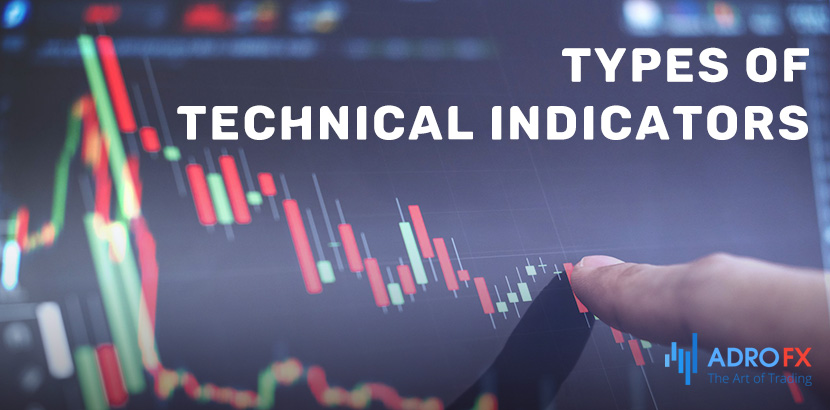
Generally, technical indicators are divided into several types:
Trend indicators
reflect the trend of price dynamics and are displayed in the chart window.
Popular strategies: Moving Average (SMA)- determined by the sum of closing prices for a specific period, and Parabolic stop - works only with two indicators to close the trade: the 100 EMA and the Parabolic SAR (stop and reversal).
Oscillators
are designed for intraday trading and are used for short-term positions.
Popular indicators are Stochastic (which shows the position of the current price relative to the price history for a certain period) and RSI (Relative Strength Index).
Volatility indicators
These ones measure the volatility of the underlying asset. The most famous ones are Bolinger Bands and ATR.
Volume and market sentiment indicators
They help a trader to understand the market sentiment. Usually, it is a ratio of selling to buying.
Popular indicators include SSI (to determine the sentiment of price dynamics in the market) and on-balance volume (to show the buy/sell ratio).
The Good or Bad Indicator
To make a long story short, there are no good or bad indicators. There are indicators you need and indicators you don't need. There are no indicators that can predict the future as any of them are based on already existing data, i.e. they use a fait accompli of the price change. That is why no indicator can answer unambiguously the question of where the price will be in an hour, a day, or even a minute. And since most trading strategies are based on gaining profit from positive exchange rate differences, there is a demand on the part of speculators for an asset, which allows them to determine the direction of the price. From the amateur's point of view, a "good" indicator is the one that will show them where the price will be in the future. But if an indicator is wrong, it is immediately written in the category of "bad" indicators.
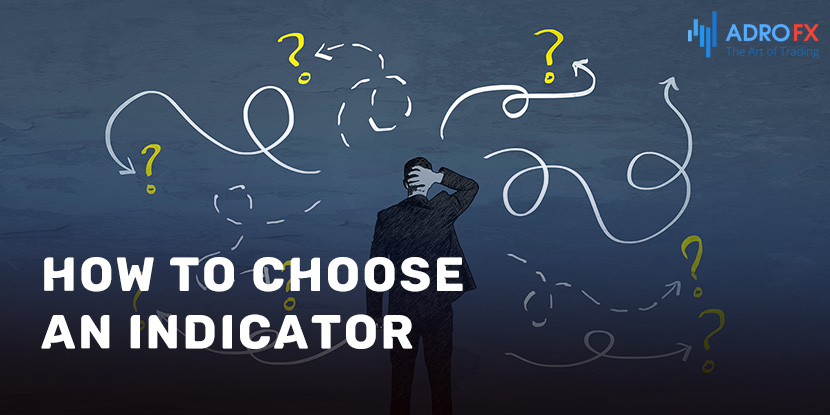
How to Choose an Indicator
As we've already mentioned before, all indicators are different types of indicators. Then, based on your goals and objectives, you should choose the one that meets your question. Here are some examples.
Let`s say we choose a trend trading strategy, it means we need an indicator that defines the trend which is formed at the moment. In other words, we need a trend indicator, say, Alligator or ADX. These indicators allow for separation areas of a pronounced trend from sideways fluctuations or corrections in which there is no trading. Can an oscillator be used as a trend-following indicator? Of course, you can, but in this case, a trader must clearly understand what role the oscillator plays, whether it is necessary to change its parameters and how to interpret its signals.
So, the purpose of the indicator is to determine where the price moves.
If our strategy is to track sideways trends, which take up most of the time, then we need to find the limits of price fluctuations. This can be done with the help of chart lines. But since we are talking about mathematical tools, it is worth paying attention to volatility indicators, such as Bollinger Bands or Price Chanel. In addition to these indicators, there are others, such as Fractals. In general, the task of the indicator will be more than just determining the trend, it must show the boundaries of price fluctuations, at a separation of which the positions will be opened in the opposite direction.
Having defined the trend or boundaries, the next step is to obtain a signal to enter the market. If this is a trend strategy, it is necessary to wait for the reversal or correction and enter the market in the direction of the trend. The task is to understand when the correction is over.
If the trading strategy implies a channel game, then when the price reaches the border of the range, it is necessary to get a signal to enter the market. What indicator can be used? In this case, oscillators such as RSI or Stochastic can help.
The next step may be to construct targets for a probable price move or to get a signal for a market reversal. What can be used to do this? Well, here we can use Fibonacci Retracement. With their help, targets can be determined in seconds.
The result is a small set of indicators, each of which performs its role without contradicting the others. Try experimenting with different indicators and playing with the parameters. The goal is simple - each tool should determine something and not interfere with the others.
Should You Use Indicators for Technical Analysis?
The short answer is yes. In modern technical analysis practice, indicators are the main tool, and they are critical for trading. You can use indicators of many different types.
Besides, it is possible to set additional indicators, it depends on strategy and preferences. Moreover, the absolute majority of professional traders use the combined approach. By combining different indicators, you can determine trading signals more precisely.
Summary
Technical analysis indicators are an indispensable tool for a trader. Technical analysis is especially effective for short-term trades, it works well for analyzing forex, cryptocurrencies, stock indices, and so on. There are a huge number of indicators, and you can choose the ones that fit your trading strategy.
About AdroFx
Being a well-established brokerage company, AdroFx offers the best trading conditions to its clients from 200 countries. Founded by experts with a couple of decades of overall experience, AdroFx is one of the best platforms on the market for shares trading. Either a newbie or experienced trader, both will find here what they are looking for since the company provides various trading accounts for different trading styles and goals.
